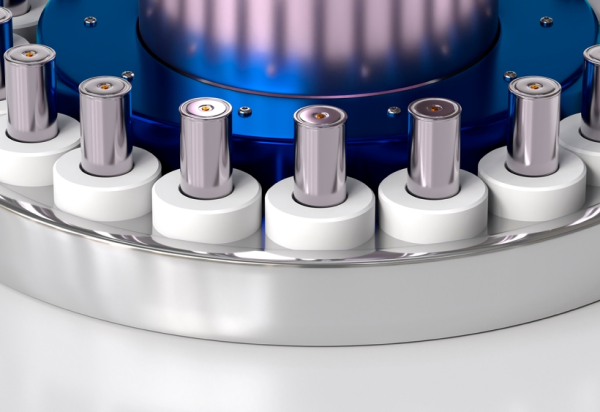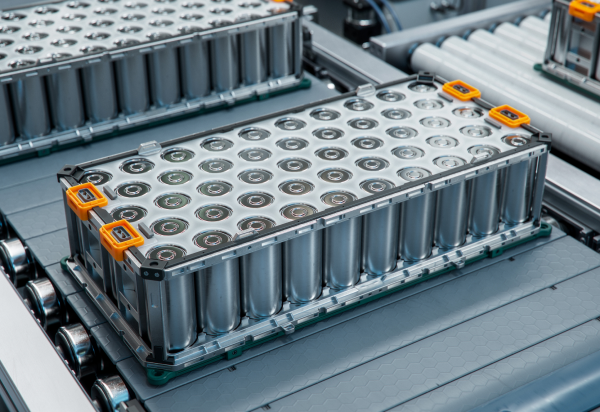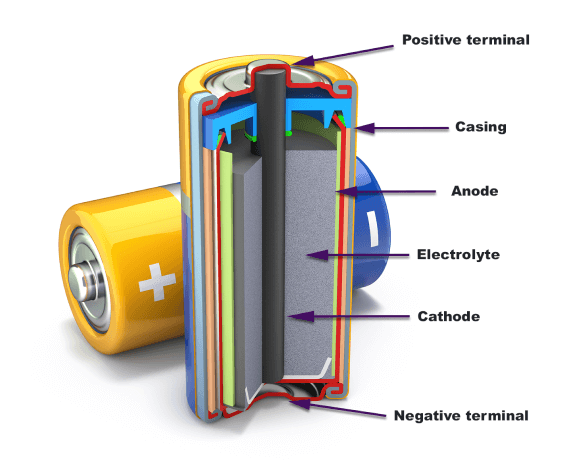Technology and battery
Eurocell battery manufacturing technology
TECHNOLOGY
Eurocell, as a leading company in the battery technology sector, continuously strives to enhance the quality and efficiency of its batteries. By leveraging advanced research and technical innovations, the company develops batteries with exceptional capabilities that not only meet users’ energy needs but also advance towards a better and more sustainable experience.
By combining advanced research and the use of innovative materials, Eurocell produces high-performance, long-lasting batteries. These advancements not only provide consumers with sustainable and efficient energy solutions but also play a significant role in reducing environmental impact. Relying on continuous innovation and research, Eurocell manufactures batteries that meet all the modern needs of society.

Alkaline battery
manufacturing technology
Alkaline batteries are produced through a different chemical strategy, with high efficiency and significant lifespan. In this type of battery, the electrodes are composed of magnesium or zinc as anode and nickel hydroxide as cathode. During battery operation, electrochemical reactions between electrodes and electrolytes begin. Electrons move from the anode to the cathode and in this way, electrical energy is produced.
Alkaline batteries are able to provide stable and powerful energy by using new materials for anode and cathode and by taking advantage of process innovations. These batteries are chosen as the main energy source in various devices due to their long life, corrosion resistance and good performance at different temperatures.

Manufacturing technology of
carbon-zinc batteries
Carbon-zinc batteries use a different structural approach. These batteries have a carbon anode and a zinc oxide cathode. When the battery is activated in a device, electrochemical reactions between the carbon and zinc oxide begin. These reactions produce electrical energy, which meets the needs of various devices.
Due to their structure and materials used, carbon-zinc batteries are considered an economical and suitable energy source for low-power and recyclable devices. Their reasonable lifespan, small size, and recyclability are among the advantages of this type of battery.
Overall, the technology behind alkaline and carbon-zinc batteries, using different materials and methods, leads to high efficiency and sustainability in providing energy for various devices. Continuous innovations in this field result in improved performance and reduced environmental impacts associated with battery production.

Components of AA and AAA batteries
AA and AAA batteries, also known as dry cell batteries, consist of four main components:
1. Anode: Made from materials like magnesium, iron, or carbon, it produces electrons.
2. Cathode: Typically manganese dioxide (MnO2), it absorbs electrons from the anode.
3. Electrolyte: Often potassium hydroxide (KOH), it facilitates ionic movement between anode and cathode.
4. Packaging: Protects the battery from external damage and corrosion.
These components work together to store and produce electrical energy for various devices.